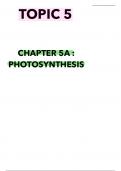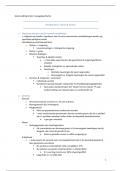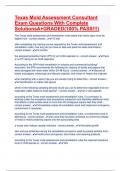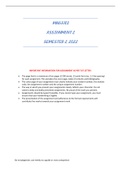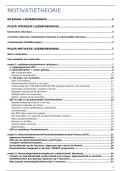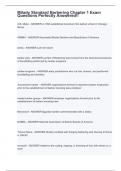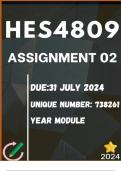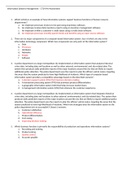Resumen
Summary Unit 4 notes biology IAL edexcel, Photosynthesis
- Grado
- Institución
- Book
- Biology notes that will help international a level students prepare for their unit 4 exam. - Consist of Chapter 5B: Ecology. - 100% typed notes - Useful tools to help learn and memorise them like emojis, diagrams, and shortcuts.
[Mostrar más]
